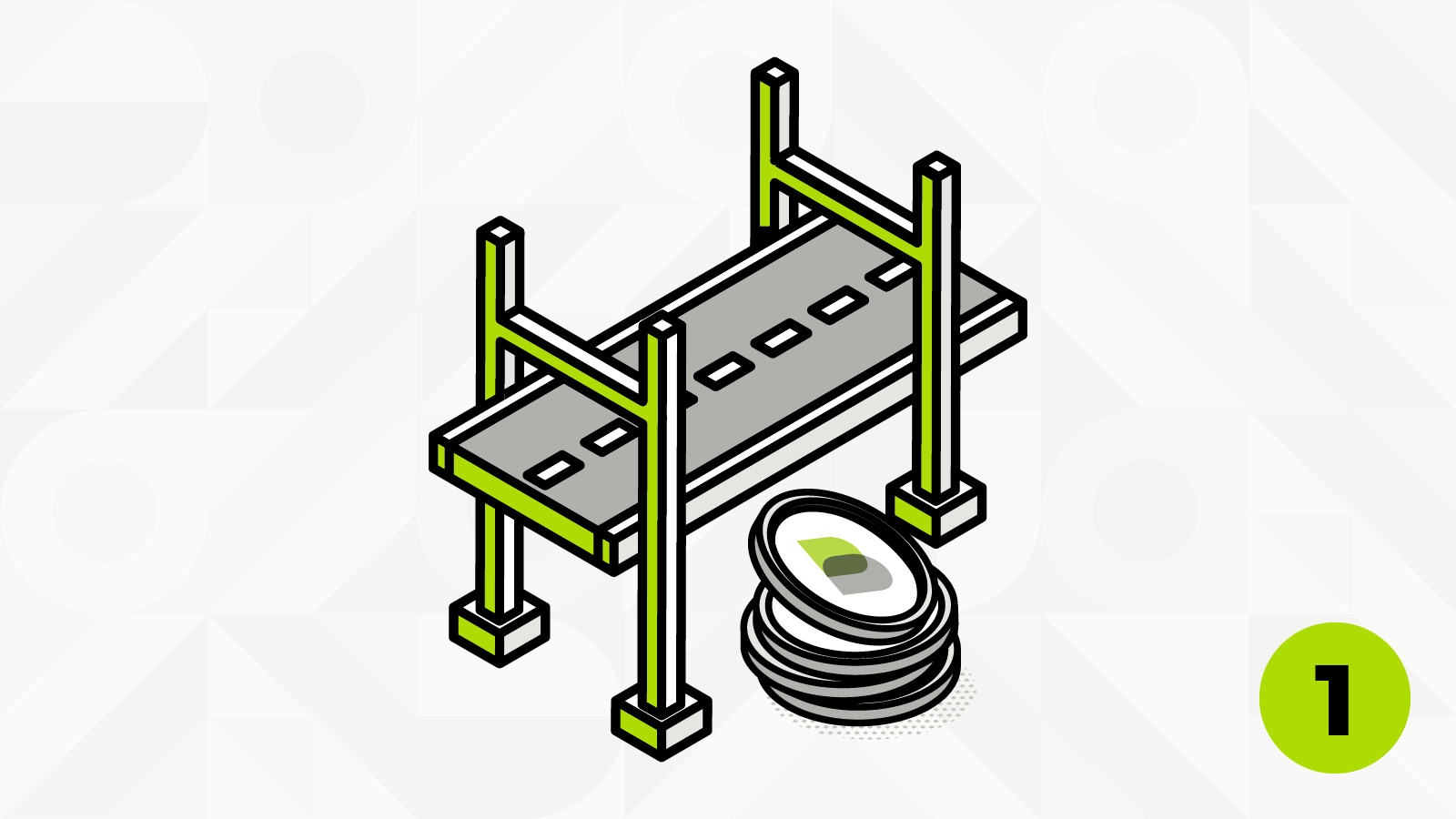What is a bridge?
If you want to move assets from one blockchain to another, you’ll likely need a blockchain bridge to allow those assets to travel. Cryptocurrency bridges, blockchain bridges, or just bridges, are known as infrastructure tools that connect two different chains.
Why do we need bridges?
Blockchain bridges are fundamental for interacting with decentralized finance, scaling solutions and achieving interoperability within the blockchain space. Crypto bridges are the solution for investors who want to take digital assets from one chain and spend, swap, or invest those assets on another blockchain. If you think of an interoperable blockchain future, bridges play a crucial role.
Different types of bridges
Bridges are either custodial, known as centralized bridges. Or they are non-custodial, known as decentralized bridges. The difference explains who controls the tokens that are used to create the bridged assets. It basically comes down to a matter of trust in either a third party or in code.
Never bridged funds before? Follow a rundown of the process here or watch our Boba bridge video.
- Custodial bridge
Users need to give up control of their coins if they wish to convert them to another blockchain, essentially trusting it in the hands of someone else. Trust-based bridges are fast and an economical option when you want to transfer a large amount of crypto. But in general your assets are less secured.
- Non-custodial bridge
Users still need to give up control of their coins if they wish to convert them to another blockchain, but this trust is held by code. Users need to depend on liquidity to transfer assets across. Keep in mind that code isn’t necessarily safer, as shown by many decentralized bridge exploits where funds were drained. Learn how to use bridges or start using the Boba bridge.
Common misconceptions
Cross-chain bridges don’t actually move your assets from one blockchain to another. Instead, the bridge will create equivalent tokens that represent your assets on the other chain. Smart contracts are created to keep track of every interaction.
Sending assets to the wrong location
A common mistake made among new users is that they send their assets to the wrong location, even though they use the correct receiving address. This happens when users mistake a “cross-chain” transaction for a “traditional” transaction, basically sending funds to an address they don’t control.
- Traditional transactions allow users to send and receive assets within one specific blockchain network.
- Cross-chain transactions allow a user to move assets in/out of a specific blockchain to another blockchain. NEVER send assets to another blockchain without a bridge contract.
